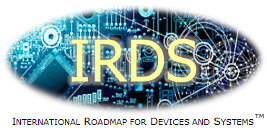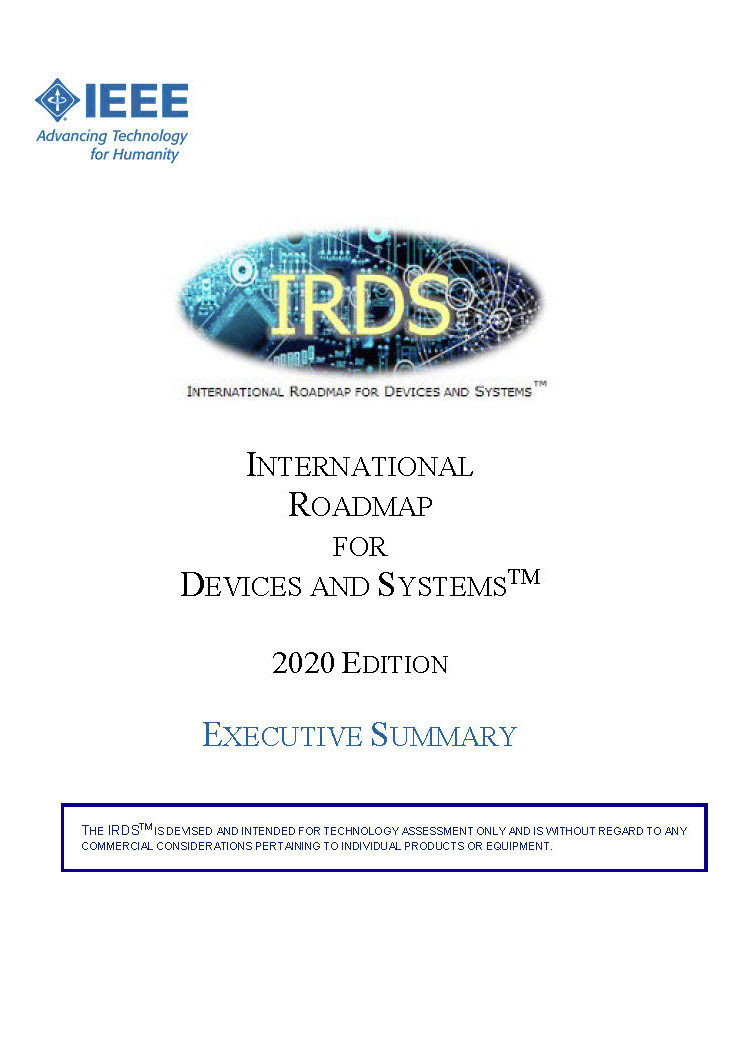Sales and Marketing of Semiconductor Technology
As the Semiconductor Industry Association notes, global sales of semiconductor products has increased at a compound rate of almost 7 percent per year since 1998. Such impressive revenue growth paints a picture of success of the industry in the global electronics market.
And while innovations in R&D and manufacturing catalyze much of this success (despite challenges imposed by rising R&D costs, talent shortages, and other concerns), so, too, do advancing efforts in sales and marketing.
Rapidly advancing AI, IoT, and other technologies using semiconductor chips are not only forcing change upon semiconductor R&D and manufacture but also sales and marketing. Sales and marketing teams must understand the nature of these changes and be able to discuss them meaningfully with customers.
At the same time, the industry’s customer base is changing, placing new demands on integrated circuits and other semiconductor products. In addition, they’re transforming their own business models to adapt to 5G, AI, and IoT. Each change challenges how sales and marketing teams must market semiconductors, providing new opportunities for growth, increased revenue, and a deeper relationship between semiconductor sales teams and customers.
Sales and marketing strategies for semiconductor technology
While the semiconductor market has enjoyed relatively stable growth for much of the century (with the exception of a profit slump in 2019), signs suggest revenue growth will switch from the slowing smartphone market to the rapidly expanding AI and IoT fields. These are making different demands on integrated circuits and electronic components.
To best meet emerging customer demands, sales and marketing teams must be able to understand these demands and how new semiconductor products can meet them. To do so, they will need to coordinate as they never have before.
Why should the semiconductor industry nurture well-aligned sales and marketing teams?
The industry must stop seeing marketing and sales as separate entities. Rather, they must be managed as a single revenue-generation engine. In fact, industry studies suggest that integrated marketing sales teams generate over 30 percent more year-to-year revenue growth than nonaligned teams.
By unifying sales and marketing efforts, semiconductor companies can emphasize revenue generation throughout the sales funnel, from lead generation to purchasing and beyond, providing support and meeting customer needs after sales.
What's included in a strategic marketing plan for semiconductor technology?
A strategic marketing plan for semiconductor technology should include the following:
- Outbound marketing programs alerting potential customers to the products and services the company provides, how they differ from the competition, and how they uniquely meet the customer’s needs
- Inbound marketing programs responding to customers who reach out to the semiconductor manufacturer for products or solutions to their pain points
- Sales support programs tracking sales leads, providing quotes, and organizing sales packs, providing sales teams with the information needed to convince customers to buy
- Product line support programs providing product information to the sales team and prospective customers while supporting post-sale life management and alerting customers to new parts, patches, and replacement products
What can social media do for semiconductor marketing?
Social media marketing is an important aspect of an outbound memory program: according to Publitek, over 50 million people (PDF, 2 MB) follow semiconductor industry social media accounts. Whether a semiconductor company is a small, niche organization or one of the world’s leading manufacturers of integrated circuits, having a strong social media presence helps with the following:
- building market awareness
- raising customer enthusiasm for new products
- increasing investor awareness and support
- interacting with customers to discover their needs
It’s important to tie your social media strategy to your overall mission statement and marketing goals. The marketing department needs to understand company goals and link them to relevant social media metrics. Every post made should serve a purpose and be in line with the company’s goals while helping capture a profitable market share.
Read more about sales and marketing of semiconductor technology in the IRDS™ Roadmap
Semiconductor sales data and forecasts
Semiconductor industry news has, for the last two decades, reported a steady growth in sales and increased market share. While semiconductor manufacturing sees the occasional slump, the industry is overall doing well.
Between 2012 and 2016, the industry ranked tenth out of fifty-nine industries for value creation, according to McKinsey. Software still enjoys a higher ranking, but semiconductor manufacturing outranks such important sectors as aerospace, chemicals, defense, and IT services.
How much is the semiconductor industry worth?
The Semiconductor Industry Association reported revenues of $468.8 billion in 2018, an increase of 13.7 percent from 2017. Last year saw a dip in profits to $412.1 billion, mostly due to the ongoing US-China trade war. That said, sizable growth in the industry is predicted through the early 2020s, with an expected annual revenue of $542.64 billion (PDF, 1 MB) by 2022.
Read more about sales and marketing of semiconductor technology in the IRDS™ Roadmap
Sales and marketing challenges in the semiconductor industry
As the world’s leading AI and IoT developers grow their market share, their needs will have an impact on demand for integrated circuits and other semiconductor manufacturing products—a demand that could prove difficult for the industry’s supply chain to handle.
The technology, media, and telecom digital ecosystem will also place demands on sales and marketing, as well as the need to explain the benefits of improved semiconductor technology to customers, such as the 3-D-printed semiconductor and Meso devices.
Where does semiconductor technology fit in the new digital ecosystem?
The technology-media-telecom (TMT) ecosystem changes and evolves so fast it’s difficult to determine the role sales and marketing plays within it. Identifying sources of value creation can be frustrating, but doing so is vital for growth and the proper marketing of semiconductor products.
Sales and marketing teams need to embed themselves throughout the digital ecosystem, from the development of new hardware to software applications. Customers of every platform throughout the ecosystem rely on semiconductor products for success.
Where do the challenges of selling and marketing in the semiconductor technology industry come from?
The limitations of existing semiconductor technology pose a potential challenge to sales and marketing teams, especially in the IoT and AI sectors. Both sectors increasingly demand more value from semiconductor products, forcing the industry to create comprehensive solutions to customer needs, rather than just focusing on maximizing silicon performance. In the IoT market, for instance, security concerns and privacy protection issues are significant obstacles. By incorporating security solutions at the chip level, semiconductor manufacturers increase their sales options.
A lack of technological standards in the IoT sector also challenges semiconductor sales and marketing. Without consistent standards, the industry has fragmented, creating multiple niche products each with their own chip requirements. Such fragmentation should resolve as the sector matures, but at present, demand for application-specific chips has complicated sales and marketing efforts, demand for niche products reduces the semiconductor industry’s ability to sell mass-produced solutions, while forcing sales and marketing teams to push radically different solutions to different clients.
Within the industry itself, a reduction in smartphone demand will have a small impact on semiconductor sales. A drop in demand for durable memory may require marketing to shift focus to more in-demand products, such as microcontrollers and memory.
How do you sell and market semiconductor technology?
Traditionally, semiconductor sales strategies revolved around a supplier-addressable market (SAM). SAM represents the possible market after ruling out sectors in which the company feels it cannot sell due to a lack of qualifications. When companies focus on SAM, they tend to overinvest in existing customers instead of working to secure new markets. The results are missed opportunities to increase market share.
Instead, sales and marketing teams need to reconsider customers they previously assumed weren’t in their SAM. Doing so requires moving from a product-centered to customer-centered sales approach and exploring customer needs and ways to address them. This necessitates deeper penetration into the customer’s organization than previous strategies required. Rather than only developing a relationship with procurement, sales and marketing teams need to connect with engineering, business, and R&D teams to identify emerging opportunities. Selling solutions becomes as important as selling product.
Read more about sales and marketing of semiconductor technology in the IRDS™ Roadmap
Sales and marketing tools for semiconductor technology
Sales and marketing tools focused on semiconductor sales processes are not common. In fact, few tools for sales and marketing for semiconductor technology are available—a situation hinting at a gap in the industry that needs to be filled. Tools that do exist include the following:
- The OEM Semiconductor Spend Tracker
- Chip Market Research Services
- SIA’s World Semiconductor Trade Statistics
- IC insights
Interested in learning more about sales and marketing of semiconductor technology? Consider reading the International Roadmap for Devices and Systems (IRDS™). The IRDS™ is a set of predictions that examine the future of the electronics, semiconductor, and computer industries over a fifteen-year horizon. It encompasses a number of critical domains and technologies, from application needs down through devices and manufacturing. Join the IRDS™ Technical Community to download the roadmap and stay informed of our latest activities.


